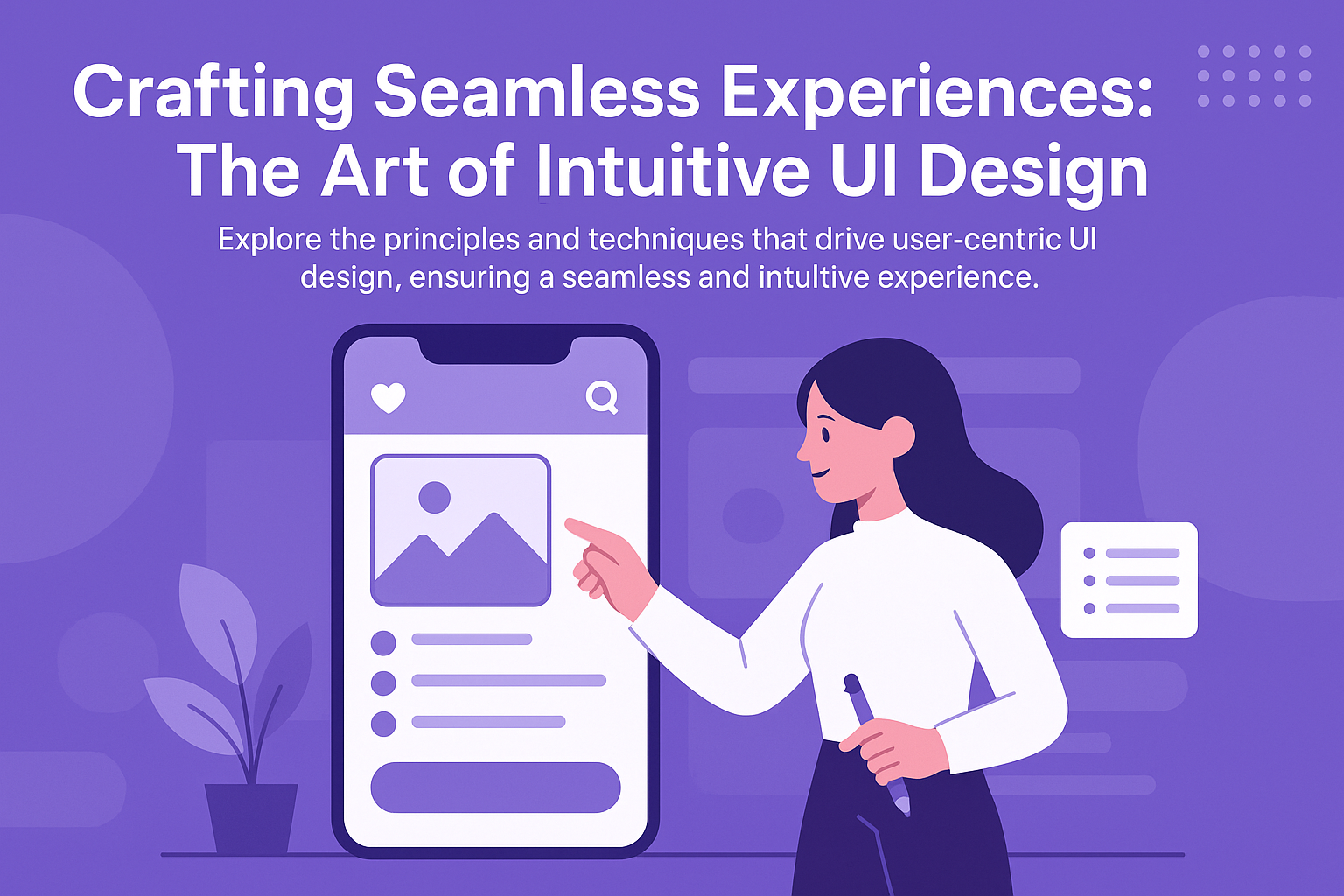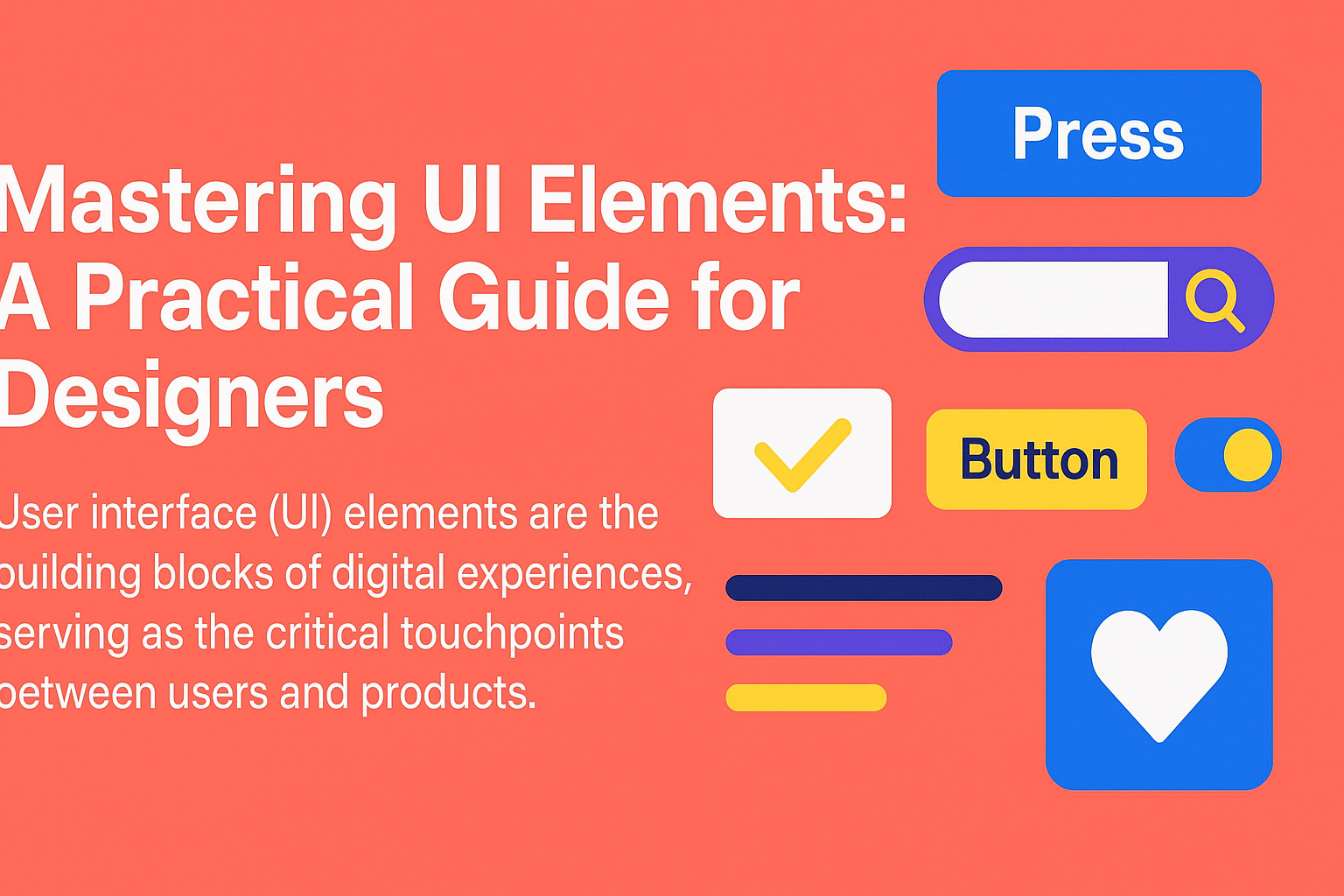Crafting Seamless Experiences: The Art of Intuitive UI Design

In the realm of digital product design, creating seamless user experiences is both an art and a science. Intuitive UI design focuses on developing interfaces that feel natural and effortless to users, allowing them to accomplish their goals without unnecessary friction or confusion.
The foundation of intuitive design lies in understanding user mental models—the preconceived notions and expectations users bring to their interactions with digital products. By aligning interface elements and interactions with these mental models, designers can create experiences that feel familiar and predictable, even when users are encountering a product for the first time.
Visual hierarchy plays a crucial role in guiding users through interfaces, helping them identify important elements and understand the relationship between different components. Through thoughtful use of size, color, contrast, and spacing, designers can create clear pathways that lead users naturally from one step to the next in their journey.
Feedback mechanisms are another essential aspect of intuitive UI design, providing users with immediate responses to their actions and confirming that the system has registered their input. Whether through subtle animations, color changes, or haptic feedback, these cues reassure users and help them build a mental map of how the interface behaves.
Consistency across an interface not only creates a more cohesive visual experience but also reduces the cognitive load on users, allowing them to apply knowledge gained in one part of the application to other areas. This principle extends to both visual elements (such as buttons and icons) and interaction patterns (such as navigation and form submission).
User testing remains an indispensable tool in crafting intuitive interfaces, providing designers with valuable insights into how real users interact with their products. By observing users' behaviors, listening to their feedback, and measuring their performance on key tasks, designers can identify pain points and opportunities for improvement, ultimately creating more seamless and satisfying experiences.



